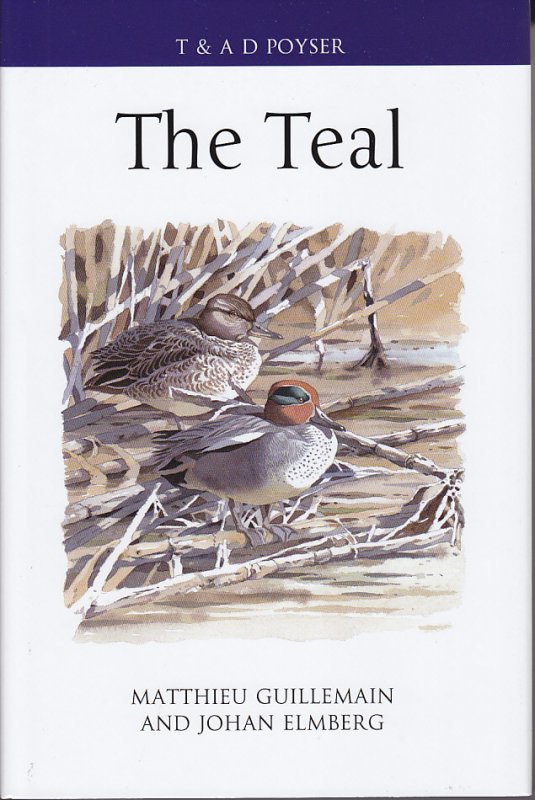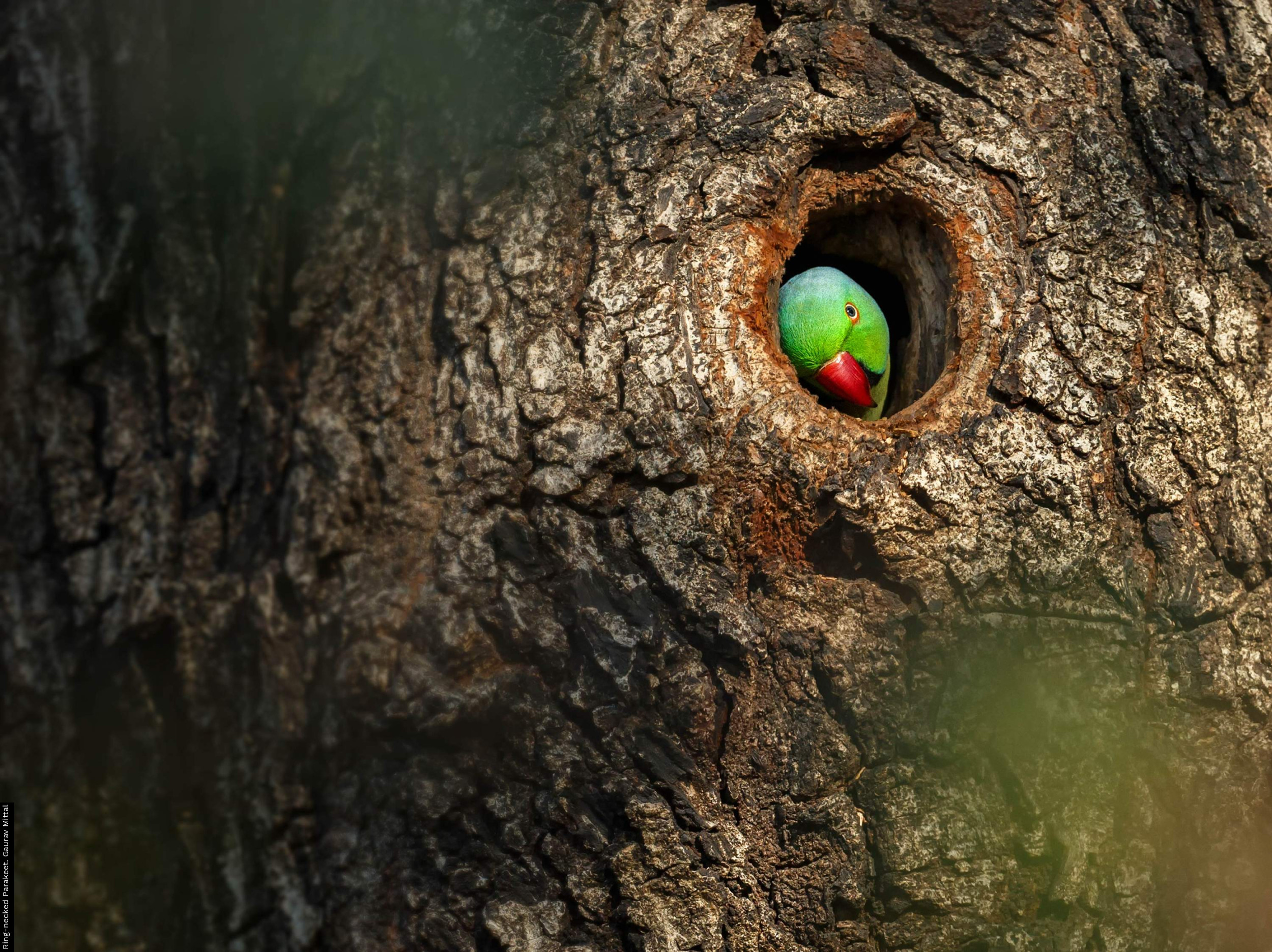
Publisher: T&AD Poyser, London
Publication Year: 2014
Binding: Hardback
Page Count: 320
ISBN Number: 978-1-47290-850-6
Price: £ 50.00
The Teal
This new Poyser monograph is actually about two teal species, Common and Green-winged, brought together because of their close relationship, similar life-histories and the fact that they occupy the same habitats in Eurasia and North America. The authors discuss the separation of the species, which may have started as much as 3 million years ago, but point out that some scientists believe that the gene flow between Common and Green-winged, especially from Europe to America, is too large for the split to be considered as final.
The general migration story for Teal is pretty well known, thanks to the close attention of hunters, but I learned a huge amount from this book: the long history as a quarry species; the industrial-scale catches in 19th and 20th century duck decoys; an association with beaver ponds in the breeding season; and how to identify the sex of an immature duck by gently pressing its abdomen to push air through the syrinx (it’s a higher note for males). I had not realised that young Teal fledge two weeks earlier than Mallards; presumably this, like its fast take-off speed are good anti-predator adaptations. To maintain its ‘life in the fast lane’ a wintering teal need to find 20 to 30 grammes of seeds a day, with leafy material very much a second-rate substitute. There’s more invertebrate food in the summer diet but the seeds of aquatic plants are also important at this time of year.
The authors, Matthieu Guillemain and Johan Elmberg, combine their knowledge of the ecology of wintering waterfowl in southern Europe with the breeding biology of waterfowl in Sweden and Finland, but they draw on the research of many others in the production of this excellent book. There are copious appendices, an excellent reference list and an assessment of things that we simply don’t know. If you fancy filling in some gaps then see how many nests you can find, work out a way to catch breeding adults in successive years, study the feeding behaviour of ducklings or find some money for satellite tracking. Meanwhile, keep making your WeBS counts, so that we can monitor the fortunes of this lovely little duck.
Book reviewed by Graham Appleton
buy this book





Share this page